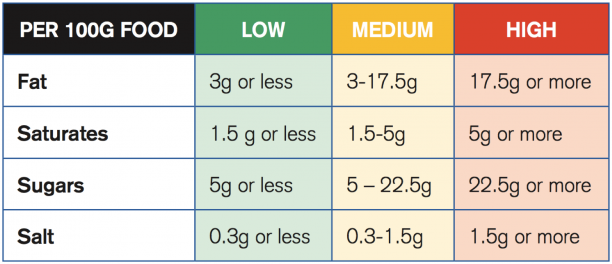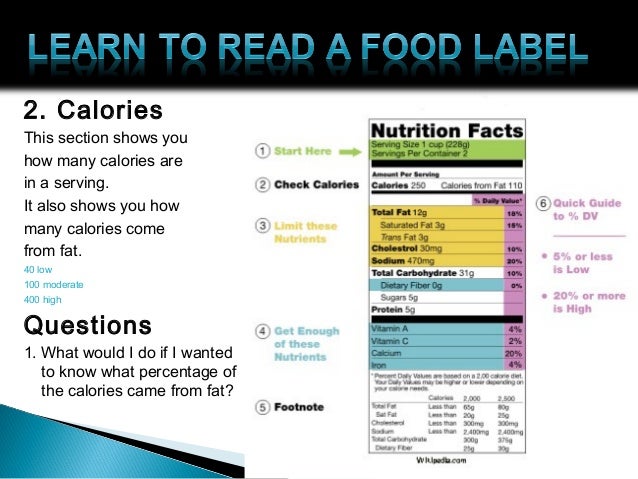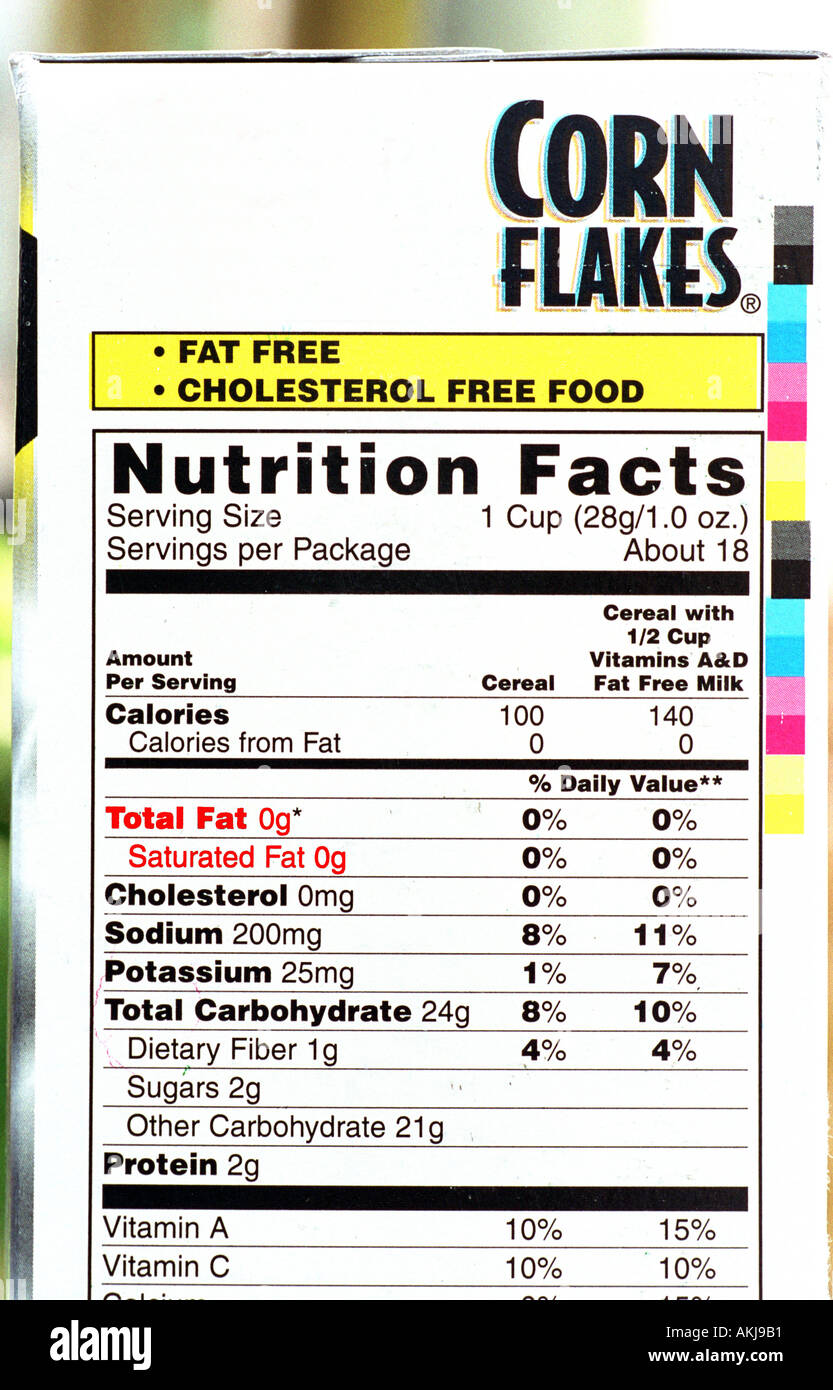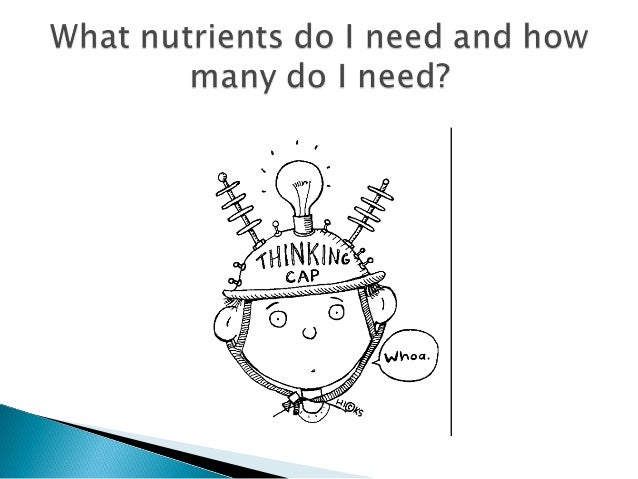41 saturated fat on food labels
How to Read Food Labels for Fats and Oils - Labels Unwrapped A Note on Ingredient Lists. Fats and oils can come from many sources, like animal fats, fish, seeds, plants, and nuts. Reading the ingredient lists on products will reveal the source of the fat. For oils and fats ingredient lists, fats and oils are referred to by their common names (e.g., "beef fat," "cottonseed oil"). en.wikipedia.org › wiki › Saturated_fatSaturated fat - Wikipedia Fat profiles. While nutrition labels regularly combine them, the saturated fatty acids appear in different proportions among food groups. Lauric and myristic acids are most commonly found in "tropical" oils (e.g., palm kernel, coconut) and dairy products.
PDF Read the Food Label To Choose Foods Lower in Saturated Fat Read the Food Label To Choose Foods Lower in Saturated Fat Food labels tell you what you need to know about choosing healthier options. Here's a food label for a carton of whole milk. Whole 1. Serving Size and Number of Servings The serving size is 8 fluid ounces (1 cup). There are two servings in this carton. 2. Amount Per Serving

Saturated fat on food labels
Reading Food Labels (for Parents) - Nemours KidsHealth Saturated fats should account for less than 10% of the calories that kids eat each day. Trans fat should be as low as possible (less than 1% of total calories). Unsaturated Fat Unsaturated fats may also be listed under total fat. Unsaturated fats are often called "good fats" because they don't raise cholesterol levels as saturated fats do. 7 Nutrition Label Ingredients to Avoid - Walker Methodist Sodium Nitrites and Sodium Nitrates These food label ingredients are often found in processed meats such as bacon, deli/sandwich meat, and hot dogs. They have been known to cause colon cancer and lead to heart disease and obesity. This is why it is important to have good quality meats! MSG (monosodium glutamate) Food Labeling: Health Claims; Dietary Saturated Fat and Cholesterol and ... SUMMARY: The Food and Drug Administration (FDA or we) is issuing an interim final rule to amend the regulation authorizing a health claim on the relationship between dietary saturated fat and...
Saturated fat on food labels. Saturated Fat | American Heart Association The American Heart Association recommends aiming for a dietary pattern that achieves 5% to 6% of calories from saturated fat. For example, if you need about 2,000 calories a day, no more than 120 of them should come from saturated fat. That's about 13 grams of saturated fat per day. Remember the big picture, your overall eating pattern. › articles › foods-highest-inTop 10 Foods Highest in Saturated Fat - myfooddata Apr 23, 2022 · We do know that eating more of the unsaturated or healthy fats is beneficial to health, so substituting these for saturated fats, along with limiting your overall saturated fat intake is recommended. Foods high in saturated fat include whipped cream, dried coconut, fatty meats, processed meats, desserts, oils, cheese, milk, butter, and chocolate. 5 tips for decoding food labels - Harvard Health Here are 5 ways to make food labels work for you: Size matters. Serving size is always the first item on the label. All other information is based on that serving size. The servings per container tell you know how many portions are in the whole box, package, or can. Beware: many packages contain more than one serving. Reading and Understanding Food Labels and Nutrition Info - Beaumont Health A one-percent reduction of saturated fat in your diet reduces your heart disease risk by three percent. Keep saturated fat to less then 15 grams per day. It is not required to list unsaturated fats (polyunsaturated and monounsaturated) on food labels. In general, unsaturated fats lower cholesterol. The healthiest unsaturated fat is canola oil.
› eating-well › howHow to understand food labels | Eat For Health The Nutrition Information Panel on a food label offers the simplest and easiest way to choose foods with less saturated fat, salt (sodium), added sugars and kilojoules, and more fibre. It can also be used to decide how large one serve of a food group choice or discretionary food would be and whether it’s worth the kilojoules. › saturated-and-unsaturated-fatSaturated vs. Unsaturated Fat: Know the Facts - Healthline Dec 11, 2019 · Dietary fat has a bad reputation, but fat isn’t necessarily a bad thing. Your body actually needs fat for energy and to process certain vitamins and minerals. Learn how saturated vs. unsaturated ... Food labels - NHS Nutrition labels are often displayed as a panel or grid on the back or side of packaging. This type of label includes information on energy (kJ/kcal), fat, saturates (saturated fat), carbohydrate, sugars, protein and salt. It may also provide additional information on certain nutrients, such as fibre. Reading Food Labels | ADA - American Diabetes Association Put food labels to work. The Nutrition Facts labels on foods are really the key to making the best choices. We'll cover the basics so that these labels make shopping easier for you. You've heard it all. From carb-free to low-carb, to whole and empty carbs, it's hard to know what it all means. Blood sugar highs and lows aren't always ...
Easy Guide to Understanding Food Labels When You Have High ... - MyDoc Saturated fat is a type of fat that raises your total and LDL cholesterol and risk of heart disease, so intake should be limited. The average adult should consume less than 20 grams of saturated fat per day. Trans fat is more harmful and damaging to the arteries as it raises LDL (bad) cholesterol and lowers HDL (good) cholesterol. How to Read Nutrition Facts Labels the Right Way - GoodRx However, foods that contain less than 0.5 g per serving are allowed to list the trans fats as 0 g on a nutrition label, so consumption of these fats is still possible. Foods that may contain small amounts of trans fats include: Packaged baked goods. Ready-to-eat frozen meals. Refrigerated doughs. Fried foods. Margarine. Shortening Fats | Nutrition.gov HHS, Food and Drug Administration, Center for Food Safety and Applied Nutrition Read about saturated fat - what it is, where it is found, and how you can use the Nutrition Facts Label for reducing saturated fat in your diet. Interactive Nutrition Facts Label - Food and Drug Administration Fat is found in foods from both plants and animals.Total Fat on the Nutrition Facts label includes: Saturated fat is found in higher proportions in animal products and is usually solid at room temperature.; Trans fat formed naturally is found in small amounts in dairy products, beef, and lamb.Trans fat formed artificially during food processing is found in partially hydrogenated oils, which ...

How can I tell if food is high in saturated fat, and will unsaturated fat help me lose weight ...
› food › cfsan-consumer-behaviorConsumer Research on Labeling, Nutrition, Diet, and Health Saturated fat was most recognized and understood, whereas awareness of other fats was much lower. ... Consumer psychology suggests that fat intake and search for fat information on food labels may ...
How to read food labels: MedlinePlus Medical Encyclopedia If a food has less than 0.5 grams of saturated fat in the serving size on the label, the food maker can say it contains no saturated fat. Remember this if you eat more than 1 serving. You should also pay attention to trans fats on any food label. These fats raise "bad" cholesterol and lower your "good" cholesterol.
› en › healthy-livingUnderstanding Food Nutrition Labels | American Heart Association Mar 06, 2017 · Limit the amounts of added sugars , saturated fat and sodium you eat, and avoid trans fat. When choosing among different brands or similar products, compare labels and choose foods with less of these nutrients when possible.. 4 - Get enough of the beneficial nutrients.
Do Saturated Fats & Unsaturated Fats Equal Total Fats on Nutrition Labels? So, if a serving of your favorite cookies has 0.49g of transfat, saturated fat or unsaturated fat - just 0.01g away from the 0.5g threshold - the manufacturer can label it as containing 0g of that...
How To Read Food and Beverage Labels - National Institute on Aging Most older adults exceed the recommended limits for saturated fats, sodium, and added sugars. Compare and choose foods to get less than 100% DV of these each day, making sure to adjust for how many calories are in your diet. Additionally, many older adults do not get the recommended amounts of dietary fiber, vitamin D, calcium, and potassium.
Interactive Nutrition Facts Label - Food and Drug Administration Download the Saturated Fat Fact Sheet. (PDF: 297 KB) Nutrition Facts 4 servings per container Serving size 1 1/2 cup (208g) Amount Per Serving 240 Calories % Daily Value* 5% Total Fat 4g 8%...
Trans and saturated fat on food labels in Canada: fact or fiction? Objective: Food labels are the number one source for nutrition information for Canadians, but are food labels accurate? This study aims to provide an assessment of the accuracy of the reported trans fatty acid and saturated fatty acid values on food labels in selected foods.
Food Labels | CDC - Centers for Disease Control and Prevention If you eat the whole thing, you are eating 8 times the amount of calories, carbs, fat, etc., shown on the label. Total Carbohydrate shows you types of carbs in the food, including sugar and fiber. Choose foods with more fiber, vitamins, and minerals. Choose foods with lower calories, saturated fat, sodium, and added sugars. Avoid trans fat.
How to Understand and Use the Nutrition Facts Label | FDA Saturated fat, sodium, and added sugars are nutrients listed on the label that may be associated with adverse health effects - and Americans generally consume too much of them, according to the...
Interpreting Total Fat and Types of Fat on Food Labels - Nina Cherie ... Trans fats and, in some cases saturated fats, are considered "unhealthy" or "bad" while monounsaturated and polyunsaturated (omega-3) fats are generally healthier alternatives or "good" fats. Saturated fats are naturally found in animal-based foods including meats, dairy products and eggs.
Fat Content on Food Labels - Reading Between the Lines When it comes to listing fat on food labels, manufacturers are required to only list total fat and saturated fat. Some also voluntarily list monounsaturated and polyunsaturated fat, but it's unlikely you'll see trans fat listed."
› eat-less-saturated-fatHow to eat less saturated fat - NHS - NHS try reduced-fat spreads, such as spreads based on olive or sunflower oils; How to cut down on saturated fat. Practical tips to help you specifically cut down on saturated fat: At the shops. Nutrition labels on the front and back of packaging can help you cut down on saturated fat. Look out for "saturates" or "sat fat" on the label.
Food Labels: Fat & Cholesterol | Home & Garden Information Center Select margarines with 0 grams of trans fat and no more than 2 grams of saturated fat per tablespoon. Avoid hydrogenated fats with more than 2 grams of saturated fat per tablespoon. When comparing food labels, combine the grams (g) of saturated fat and trans fat, then choose the food with the lower combined amount.
Trans Fats, Health and Nutritional Labeling of Foods The labeling requirements are based on scientific evidence that consumption of saturated fats and TF may raise low-density lipoprotein (LDL) levels and increases the risk of coronary heart disease. LDL is commonly known as "bad cholesterol". A small amount of TF is found naturally in vegetable oils and some animal derived foods.
PDF Food Label Tip: How to Choose Foods Low In Saturated Fat, Trans Fat ... These food labels are for one serving of milk: 1 cup (8 ounces). Fat-free milk has the lowest % of saturated fat and cholesterol. It has 0% of the Daily Value of saturated fat and 2% cholesterol. Whole milk has 25% of the Daily Value of saturated fat and 12% cholesterol. Milk does not have trans fat. Fat-free milk is a better choice. Potato Chips
Label: Front of pack labels > Five key nutrients > Saturates - Food label Experts recommend that no more than 10 percent of calories should come from saturated fats (around 20g based on a 2000 calorie diet). Examples of foods high in saturates (saturated fats) are: meat products and pies, sausages, hard cheese, butter, pastry, cakes, biscuits, cream and palm oil. The Reference Intake for saturated fat is 20 grams.













Post a Comment for "41 saturated fat on food labels"